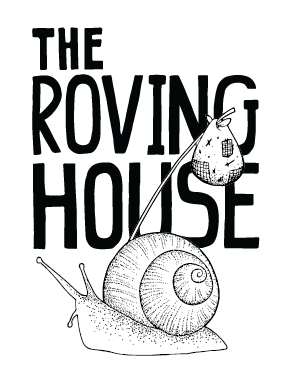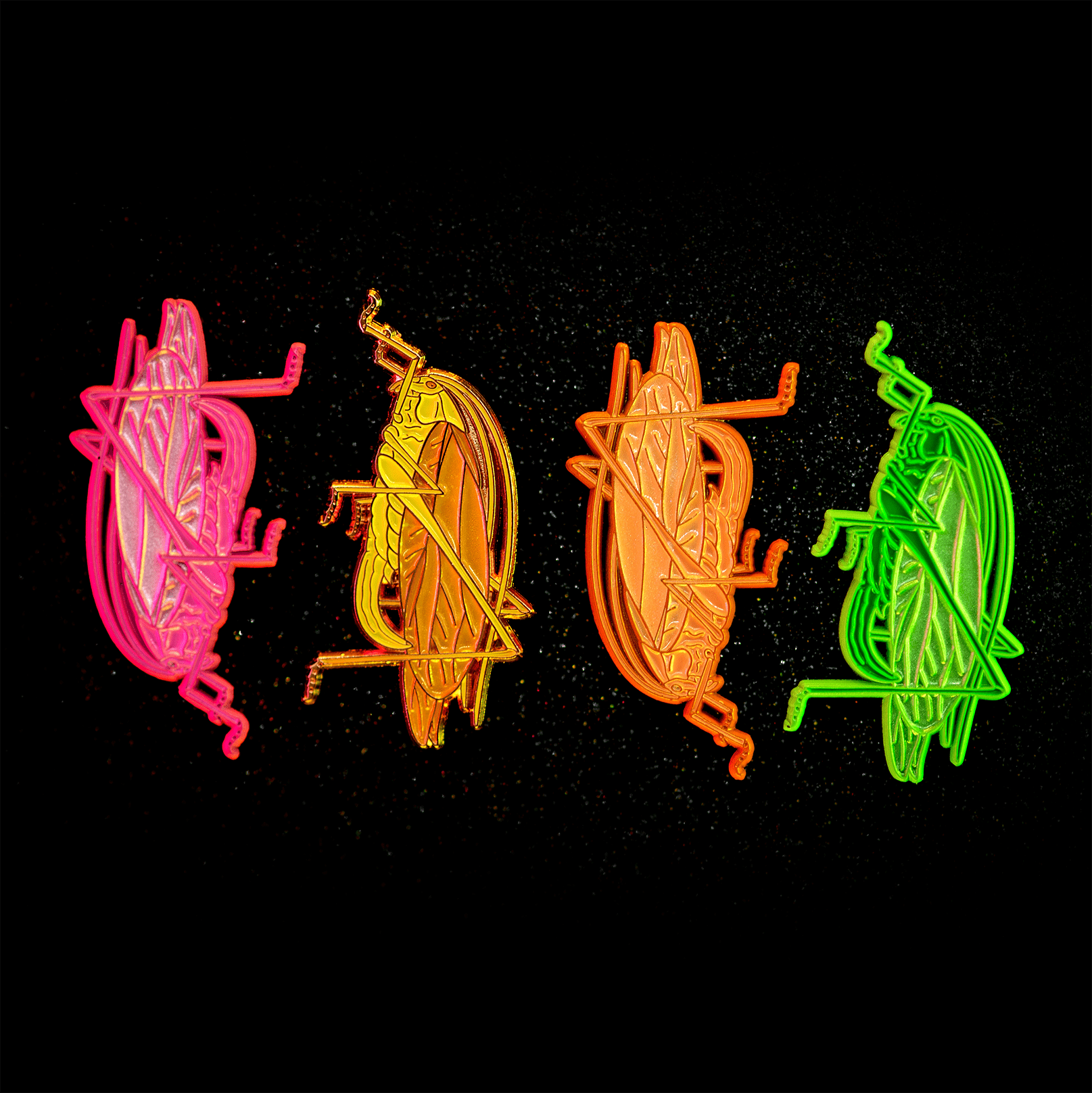April's Bug Box: the Carolina Mantis
This little mantis is an expert in stealth. As soon as they emerge from their ootheca (egg cases), nymphs are hungry and ready to ambush prey. These young mantids can blend effortlessly into many different environments by changing color to match their surroundings with each molt. As a result, individuals can look strikingly different from each other and can be pure green, mottled gray or brown, or even pinkish. After mating, females attach their plain-looking ootheca to twigs, where they'll hopefully go unnoticed by hungry birds and mammals.
Due to its excellent camouflage and smaller size than the introduced Chinese and European mantises, the Carolina mantis can be hard to spot, but is still common in its native range from Brazil to the United States.
On the topic of the well-loved but invasive Chinese and European mantises: beware of unscrupulous garden centers that sell unlabeled ootheca. They are often non-native species, as it's not technically illegal to sell them. Gardeners who are unaware of the different species will buy non-native ootheca in the hopes of an eco-friendly garden, only to have the opposite effect - mantids are indiscriminate eaters who often take advantage of flowers and capture pollinators, including hummingbirds.
Like many other invasive species, it seems the Chinese and European mantids are here to stay, but if you're planning on releasing mantids in your yard, always make sure they're properly labeled and native to your area.
Despite its smaller size and lack of otherworldly features that make exotic mantids highly prized by collectors, zoos, and photographers, the Carolina mantis is a beautiful insect with an extraordinary variety of colors. Check out Bug Guide's Carolina mantis photo page for a glimpse at the diversity within this species across the Americas, and keep your eyes open - you might just get lucky and find one where you live.



Leave a comment
This site is protected by hCaptcha and the hCaptcha Privacy Policy and Terms of Service apply.